First, the referendum will ask voters whether they want to switch to proportional representation. Then, voters will be able to rank three possible forms of proportional representation in order of preference.
BC Attorney General David Eby has recommended to cabinet that voters see a two-part question about proportional representation on their ballot this October or November. First, the referendum will ask voters whether they want to switch to proportional representation. Then, voters will be able to rank three possible forms of proportional representation in order of preference. If a majority say yes to the first question, then the proportional option with the most support will go into effect in 2021. An all-party legislative committee will work out the design details, but the people will choose which form of election methods to pursue.
How this compares to past referendums
The Greens and the BC New Democratic Party (NDP) NDP are standing by their campaign promises to give BC a shot at electoral reform. They have already decided to set the bar at a reasonable 50 percent to win, rather than the high bar of 60 percent the government set in 2005. In that election, 58 percent of BC voters, including a majority in 77 of 79 ridings, said yes to adopting Single Transferable Vote, a particular form of proportional representation that the Citizen’s Assembly had recommended. Despite such strong support, the initiative failed to reach the 60 percent bar.
Eby has recommended avoiding another pitfall from BC’s 2009 referendum. That year, the referendum wording triggered voters’ status quo bias by posing the question as a choice between keeping the current system and trying something new. The ballot also characterized proportional representation as a “proposal” from the Citizen’s Assembly, rather than a “recommendation.” Eby recommends strictly neutral wording that will not trigger voters’ status-quo bias. His report recommends the first question say:
1. Which should British Columbia use for elections to the Legislative Assembly? (Vote for only one.)
· The current First Past the Post voting system
· A proportional representation voting system
Although many of the organizations that submitted public comment recommended leaving the question as that simple choice, Eby felt that would be an “apples to oranges” comparison between a specific system (First Past the Post) and a concept that could take many specific forms (proportional representation). He also worried it would leave too many unanswered questions for a subsequent process to actually design the system. Instead, he recommends asking voters to also weigh in on which of three specific proportional representations they would prefer. Voters could rank one, two, or all three options. Eby recommends the second question say:
2. If British Columbia adopts a proportional representation voting system, which of the following voting systems do you prefer? (Vote for the voting systems you wish to support by ranking them in order of preference. You may choose to support one, two or all three of the systems.)
· Dual Member Proportional (DMP)
· Mixed Member Proportional (MMP)
· Rural-Urban PR
When New Zealand adopted proportional representation in the early 1990s, it used a similar sequence—first, a ballot asked voters first if they wanted to change. When voters said yes, a second question asked voters which system they preferred and implemented it. However, New Zealand asked the two questions in two different elections, whereas BC will ask them both at once.
In 2016, Prince Edward Island used an approach like question two alone—the ballot asked voters to rank five possible electoral methods, including two proportional representation methods and First Past the Post. 52 percent of voters endorsed using Mixed Member Proportional Voting to elect the provincial parliament. But the referendum was not binding so the provincial government chose not to implement the will of the people.
BC isn’t making that mistake, either. If a majority of voters choose proportional representation in the question one, then the government will implement the most preferred of the three systems in question two. An all-party legislative committee will work out the design details, but the people will choose which form of election methods to pursue.
More about the options
Eby’s report describes the three proportional representation options on pages 57-60, here. Sightline’s glossary describes them with some examples: Dual Member Proportional, Mixed Member Proportional, Rural-Urban PR.
No matter the specific form, Eby recommends several mandatory criteria when designing the details:
- A maximum of 95 MLAs—only a few more than the current 87 MLAs (to ensure the provincial legislature doesn’t get too big)
- No region of the province would have fewer MLAs than it currently does (to allay fears about lack of regional representation)
- No political party would be eligible to receive seats through a system’s proportional allocation method unless the party received at least 5% of the overall vote in the province or region (to prevent truly fringe parties from entering the legislature).
Changing a history of poor representation
In British Columbia, and across Canada and the United States, people’s votes don’t fairly translate into representation. In the 1990s, BC voters chose conservative representatives yet the left-leaning New Democratic party (NDP) won control of the provincial legislature. In the 2000s, BC voters chose the left-leaning NDP and Green Parties, yet the conservative Liberal Party won a majority of legislative seats. In both decades, some voters’ votes were wasted and the election results didn’t reflect the will of the people.
This fall, BC voters will have a chance to change the system and make sure their votes aren’t wasted in future elections. If a majority of BC voters say yes to the Proportional Representation referendum this fall, starting in the 2021 provincial election, votes will matter and hopeful Members of the Legislative Assembly will need to listen to voters if they want to win a seat.
Going forward
Eby recommends the campaign period begin on July 1. Proponents of fair electoral methods are gearing up to support the referendum, while the Liberal Party is gearing up to oppose. In the recent past, the Liberals have done better in the current system by winning more seats than they won votes. The Liberals have won control of the legislature in four of the past five elections, although they only won a majority of votes in one of those. Proportional representation would force the Liberals—and all candidates—to find out what voters really want and to deliver, rather than just resting on the party’s laurels.
If a majority of voters say yes to fairer voting systems in the fall, the legislature will assemble a committee to work out the details by spring 2019 and Elections BC will put the new system in place for the 2021 provincial election. In 2021, voters will turn in their ballots, assured that their votes will count, and MLAs will listen to voters.

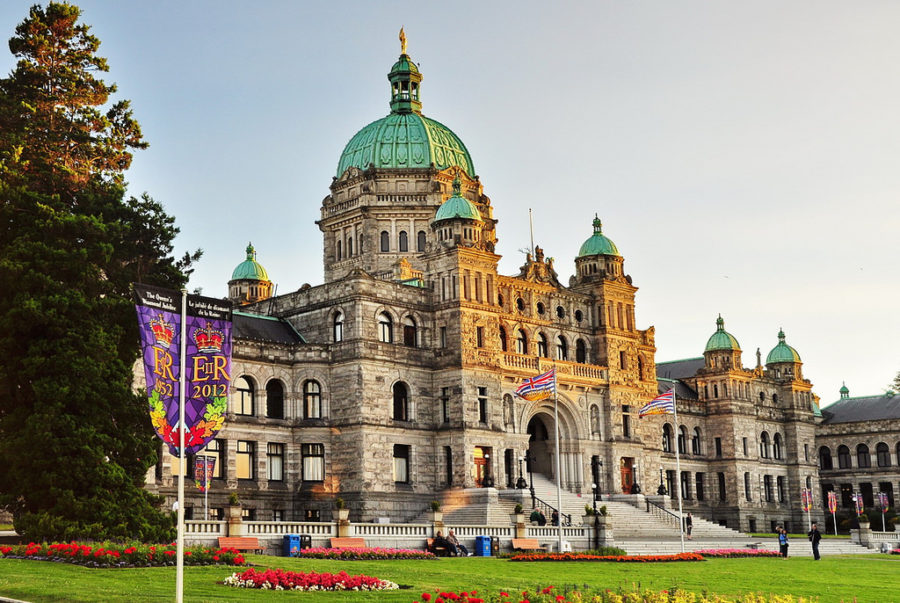
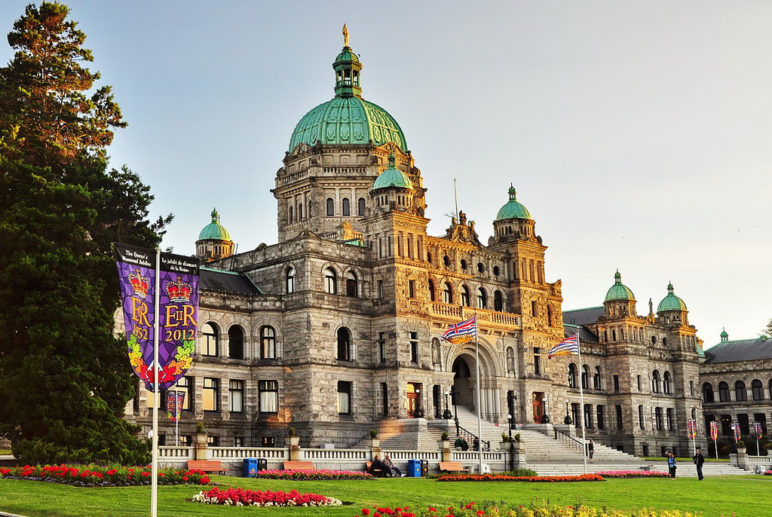


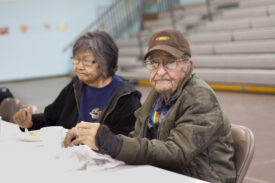
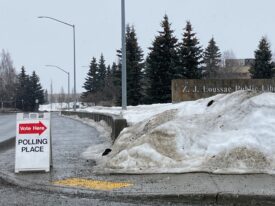
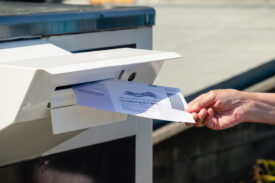
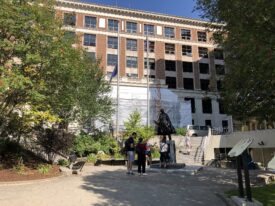
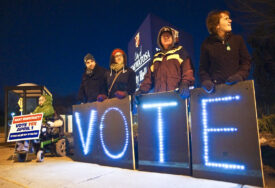

Richard Lung
By the BC governments own rules, the single transferable vote should be the system used in BC, after the 2005 referendum. As the article points out, the conditions of the second referendum differed. Indeed, instead of impartial information, the 2009 terms were changed to partisan conflict, in which the truth was the first casualty.
Note also the irony in this referendum as well as in PEI, that this will be the only chance the voters are given to have a ranked choice, in order to deny them a ranked choice, since STV PR is excluded from the 3 options. Two options are untried dummies, to give BC the illusion of choice over the adoption of MMP, a doubly safe seat system of dual candidature, or fools paradise for incumbents and abyssmal system for voters and the public interest.
Richard Lung. Democracy Science.
Robert
I have come to the reality that if you vote for a candidate and he or she wins the seat but isn’t on the majority those in favour. PR say my vote is wasted, gee I thought
my vote was good? It’s smoke and mirrors, I’m sure right wing people, would love to talk to far left wing people, no in the world doesn’t have as many yelling matches in MM PR, as first party wining and the losing party opposite. Italy, New Zealand etc.
So neither FTP is any worse than the other. The BooHoo Club (The I voted and and She – He didn’t get in) So why would change anything if one system is as imperfect as the other. Just abolish Parties and have every candidate have one vote on anything that is democracy the Greeks had.